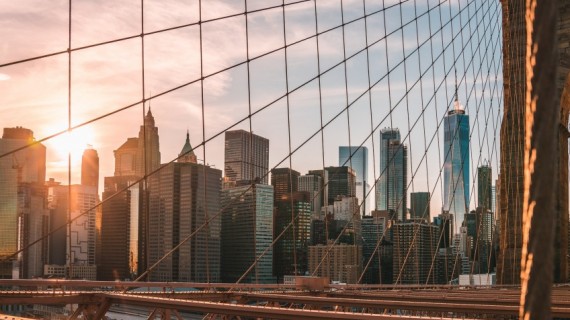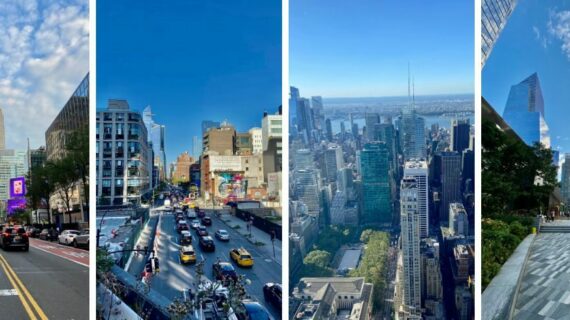Starting December 31, 2025, all new buildings in New York State will have to go fully electric—no more fossil fuels for heating or cooking. This landmark change comes thanks to the All-Electric Buildings Act (AEBA), passed in 2023 and upheld after two years of legal battles with the gas industry.
It’s a historic step for American construction and urban living, paving the way for cities that are cleaner, healthier, and more energy-efficient.
What the AEBA Means in Practice
Under the law, all new residential buildings up to 7 stories, as well as commercial and industrial spaces up to 100,000 square feet (about 9,290 m²), must run entirely on electricity.
That means saying goodbye to gas stoves and boilers, replaced with heat pumps, induction cooktops, and systems powered by renewable energy.
From 2029, the rule will apply to larger buildings too. Some exceptions remain for hospitals, restaurants, and farms, which need tailored solutions.
Why This Is a Big Deal

Buildings are responsible for roughly one-third of New York State’s CO₂ emissions. Switching to electric power has an immediate, noticeable effect on reducing greenhouse gases.
And the benefits aren’t just environmental:
- Building an all-electric home can cost up to $8,200 less than a traditional gas-powered one;
- Families could save around $5,000 on energy bills over 30 years;
- Average household energy use drops by 17%.
These numbers show that sustainability isn’t a luxury—it’s a smart way to save money and live more efficiently.
A Model for Others
Even with pushback from fossil fuel interest groups, New York’s law sets a national precedent. Other states are watching closely, and this approach could become a global model for clean, energy-efficient building.
The challenge is cultural as much as technological: showing that living without gas is possible, affordable, and above all safe and sustainable for our planet.
What This Means for Green Travelers
For conscious travelers, this is exciting news. Imagine cities where hotels, B&Bs, and other accommodations are built from the ground up to run on renewable energy—it means enjoying stays that are healthier, greener, and in line with sustainable tourism values.
New York, a symbol of innovation and modernity, is showing that the green transition is already happening. This change affects everyone—residents, tourists, and the hospitality industry alike.
New York is lighting the spark—who knows which destinations will follow next?
Learn more:
Cover image: photo via Canva PRO




